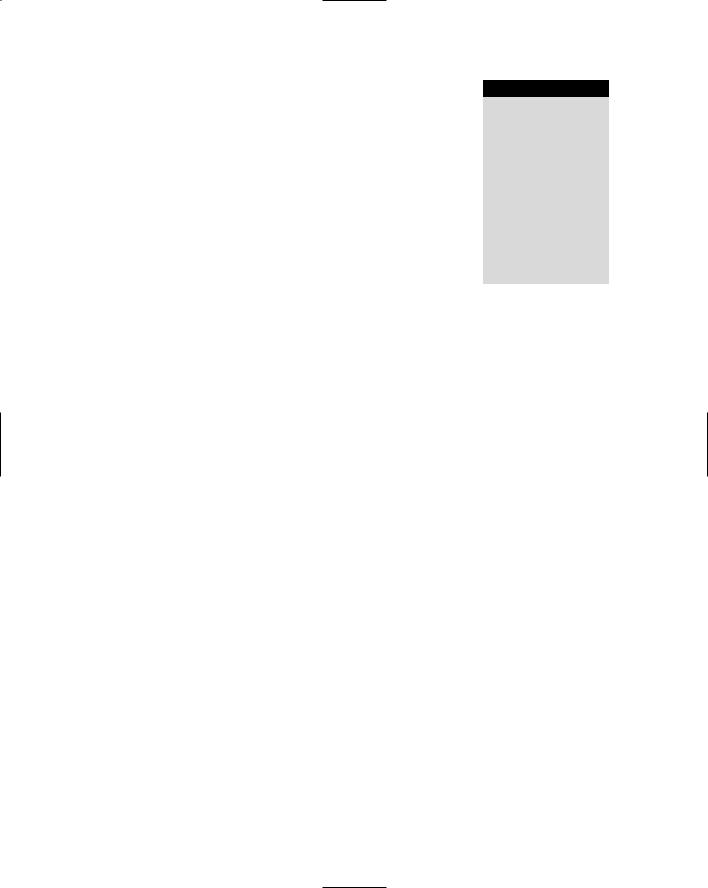
Eilam E.Reversing.Secrets of reverse engineering.2005
.pdf






|
Index 567 |
Executable Modules window, |
holes, 241 |
371–372 |
password verification process |
generic usage message, 370–371 |
“Bad Password” message, |
initialization routine reversal, |
207–210 |
377–387 |
hashing the password, 213–218 |
inlining, 419 |
password transformation algo- |
KERNEL32.DLL, 400–404 |
rithm, 210–213 |
“killer” thread, 399–400 |
scanning the file list, 234–235 |
obfuscated interface, 416–417 |
3DES encryption algorithm, 200 |
parameter parsing, 404–406 |
verifying hash values, 239 |
PEiD program, 376–377 |
welcome screen, 201 |
processor time-stamp verification |
Windows Crypto API, 206–207 |
thread, 417–418 |
cryptographic service providers |
running, 370 |
(CSPs), 207 |
secondary thread reversal, |
cryptography |
396–399 |
algorithms, 6 |
16-digit hexadecimal serial num- |
information-stealing worms, 278 |
bers, 371 |
trusted computing, 322–324 |
usernames, 371, 406–407 |
crypto-processors, 318–319 |
validating user information, |
CSPs (cryptographic service |
407–408 |
providers), 207 |
defined, 358 |
CTS (Common Type System), |
finding, 420 |
428–429 |
KeygenMe-3, 358–363 |
D |
critical sections, 87 |
|
.crx file format, 202–204 |
data constructs |
Cryptex command-line data |
constants, 546 |
encryption tool |
global variables, 542 |
clusters, 239–241 |
imported variables, 544–546 |
commands, 202 |
local variables, 542–544 |
decrypting files, 235–236 |
thread-local storage (TLS), 546–547 |
decryption loop, 238–239 |
Data Encryption Standard (DES) |
directory layout |
algorithm, 200 |
directory processing code, |
data encryption tool |
218–223 |
clusters, 239–241 |
dumping, 227 |
commands, 202 |
file entries, 223–227 |
decrypting files, 235–236 |
file decryption and extraction rou- |
decryption loop, 238–239 |
tine, 228–233 |
directory layout |
file entry format, 241 |
directory processing code, |
floating-point sequence, 236–238 |
218–223 |
functions, 205–207 |
dumping, 227 |
header, 240 |
file entries, 223–227 |



